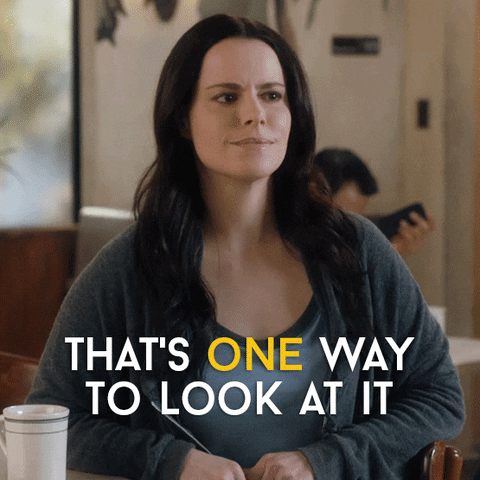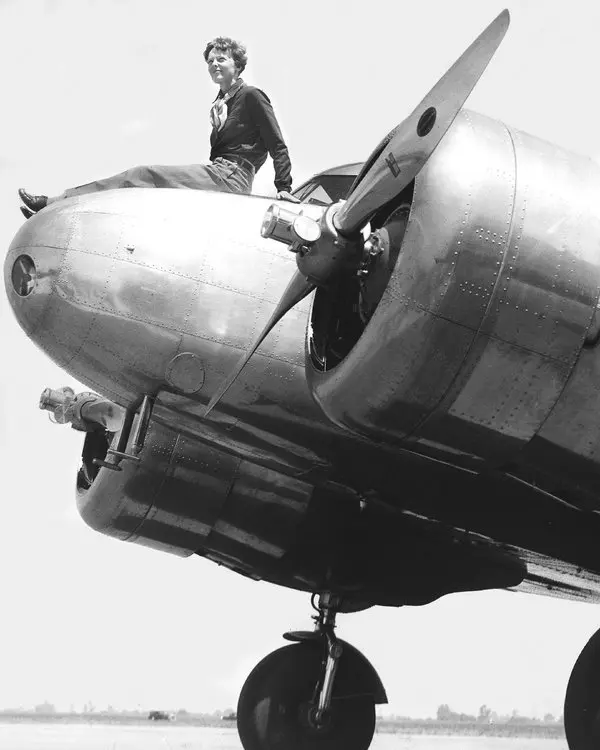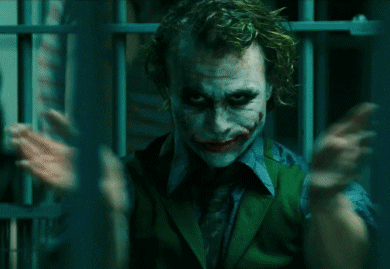Just when I thought everything was falling into place, I got the news that my offer from PwC UK got rescinded. This offer was my ticket to move to London, something I’d been planning and dreaming about for the past year. Naturally, I was upset and frustrated. But then, a quote from Ryan Holiday’s book, The Obstacle is the Way, kept playing on a loop in my head:
Our actions may be impeded… But there can be no impeding our intentions or dispositions. Because we can accommodate and adapt. The mind adapts and converts to its own purposes the obstacle to our acting. The impediment to action advances action. What stands in the way becomes the way.

In the labyrinth of life, we often find ourselves entangled in complex situations, making it hard to see the light at the end of the tunnel. As individuals, our decision-making abilities are constantly put to the test. It’s important how we behave when entangled and more often than not, I have realised that studying philosophy helps.
Unlocking the Power of Perception, Action, and Will: A Path to Better Decision-Making
In “The Obstacle Is the Way,” Ryan Holiday presents a powerful framework for overcoming obstacles and making better decisions. Drawing from ancient philosophy, particularly Stoicism, the book revolves around three main pillars: Perception, Action, and Will.

Perception Mastery: Seeing Things As They Are
Holiday reminds us of the importance of seeing things as they are, not as we’ve made them in our minds. The way we perceive obstacles determines our ability to overcome them. By adopting objective judgment and focusing on the present moment, we can change our perspective and transform obstacles into opportunities1Irvine, W. B. (2009). A Guide to the Good Life: The Ancient Art of Stoic Joy. Oxford University Press..

Take John D. Rockefeller, for example. As a business magnate navigating the volatile oil industry, he maintained a disciplined and rational mindset. Despite the market’s unpredictability, Rockefeller adapted and made strategic decisions that allowed his company, Standard Oil, to become a dominant force in the market.
You will come across obstacles in life — fair and unfair. And you will discover, time and time again, that what matters most is not what these obstacles are but how we see them, how we react to them, and whether we keep our composure.
Ryan Holiday
In the face of adversity, Thomas Edison maintained a positive outlook after his factory burned down. Instead of wallowing in despair, he saw it as an opportunity to rebuild and improve, ultimately leading to greater success.
Embracing Persistent Action: Moving Forward Against Obstacles
Holiday urges us to take action against obstacles with persistence, creativity, and adaptability. Progress is more important than perfection, so we must focus on moving forward, even if it’s one small step at a time.
Objective judgement, now at this very moment. Unselfish action, now at this very moment. Willing acceptance – now at this very moment – of all external events. That’s all you need.
Marcus Aurelius
Amelia Earhart, the renowned aviator, is an inspiring example of taking decisive action despite numerous obstacles, such as gender stereotypes and financial challenges. Her unwavering determination led her to become the first woman to fly solo across the Atlantic Ocean, inspiring generations of female pilots.

Cultivating Inner Will: Building Resilience for Life’s Challenges
The book emphasizes the cultivation of inner strength and resilience to face adversity. By embracing the discipline of the soul and practising physical and mental exercises, we can forge a steel backbone to withstand life’s challenges2Robertson, D. (2013). Stoicism and the Art of Happiness..
In Your Life: Consider the Latin phrase “mens sana in corpore sano” which translates to “a sound mind in a strong body.” By nurturing both our physical and mental health, we develop the fortitude necessary to overcome obstacles and make better decisions.

Nelson Mandela, despite being imprisoned for 27 years, never lost his inner strength and determination. Upon his release, he went on to become South Africa’s first Black president, playing a crucial role in dismantling apartheid and fostering racial reconciliation.
The path of least resistance is a terrible teacher.
Ryan Holiday
Applying Decision-Making Lessons from The Obstacle Is the Way
Okay, “Obstacle Is the Way” is a good book! How do you apply it to real-life decision-making? By developing accurate perception, taking persistent action, and cultivating a strong will, we are better equipped to navigate life’s complexities.
For instance, when faced with a challenging decision, remind yourself to maintain objective judgment by applying mental models like second-order thinking, which encourages you to consider the consequences of your actions beyond the immediate effects. Recognize and overcome human biases, such as authority bias and survivorship bias, to make better-informed decisions.

Build inner strength by incorporating physical exercise and mental practices, such as mindfulness meditation, into your daily routine. This will help you stay centred and resilient in the face of obstacles.
Finally, embrace adaptability by learning from your experiences and being open to various solutions. Don’t fixate on a single approach. Apply lessons from Chesterton’s Fence, which emphasizes the importance of understanding the purpose behind existing systems and structures before attempting to change or dismantle them. Use other mental models.

Enhancing Your Decision-Making Abilities: The Obstacle Is the Way
The Obstacle Is the Way came to my life at the right time. After my offer was rescinded, I kept an objective mindset. I looked for another opportunity in the company, took action, and got another interview call. It was a stressful few months but I looked for ways to calm my mind and be resilient. I cracked the interview and was in London 7 months later.

While continuing your journey of stoic decision-making, remember that obstacles are not barriers. They are rather stepping stones towards personal growth and success. Embrace the wisdom of the book and turn life’s challenges into opportunities for learning and growth.
See things for what they are. Do what we can. Endure and bear what we must. What blocked the path now is a path. What once impeded action advances action. The obstacle is the way.
Ryan Holiday
Footnotes:
- 1Irvine, W. B. (2009). A Guide to the Good Life: The Ancient Art of Stoic Joy. Oxford University Press.
- 2Robertson, D. (2013). Stoicism and the Art of Happiness.




